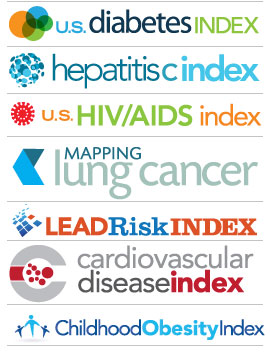Use of Technology Urged to Combat Racial, Ethnic Disparities in Health Care
Clinical Trial News Tuesday, October 25th, 2011Joint Commission Journal Findings Show Need for Automation to Improve Safety, Quality
OAKBROOK TERRACE, IL, Oct 17, 2011 (MARKETWIRE via COMTEX) — Differences in the quality and safety of medical treatment that minorities receive could be reduced through the better use of health information technology (HIT), according to a new article published in the October 2011 issue of The Joint Commission Journal on Quality and Patient Safety(TM). An accompanying editorial calls for automating and standardizing the data collection about a patient’s race, ethnicity, and language to identify and address inequities in the quality of care for minorities.
The article, “Bridging the Digital Divide in Health Care: The Role of Health Information Technology in Addressing Racial and Ethnic Disparities,” contends that the U.S. health care system is not well designed to provide equitable care. The authors — led by Lenny Lopez, M.D., M.Div., M.P.H., assistant in health policy at the Mongan Institute for Health Policy, and faculty at the Disparities Solutions Center, Massachusetts General Hospital in Boston — urge development of an HIT infrastructure that addresses disparities in care from the start. Specifically, Dr. Lopez and colleagues recommend that health care organizations take the following steps:
- Automate and standardize the collection of race/ethnicity and language data. — Prioritize use of the data for identifying disparities and tailoring quality improvement efforts.
- Focus HIT efforts to address fragmented care delivery for racial/ethnic minorities and limited-English-proficiency patients.
- Develop focused computerized clinical decision support systems in clinical areas with significant health disparities.
- Include input from racial/ethnic minorities and those with limited English proficiency in developing patient HIT tools.
The recommendations are intended to address the root causes for disparities in care for minority patients. Among the root causes are health care system factors such as patients having difficulty navigating the health care system, provider factors such as language barriers or cultural beliefs that hamper doctor-patient communication, and patient factors such as mistrust of the medical system. READ FULL ARTICLE


